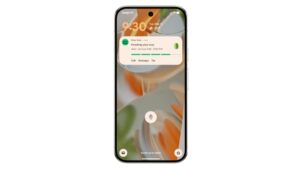How Coronavirus Exposure Notifications Systems work in iOS — Apple World Today

[ad_1]

iOS now has an exposure notifications system (ENS) built into it that could help health officials to get a better handle on COVID-19 and future pandemics. Created by Apple and Google for iOS and Android, an ENS lets people know about possible exposure to the virus. However, adoption of this technology has been slow. Here’s how the ENS works and how you can enable it on your iPhone.
Why Exposure Notifications Systems Aren’t More Widespread
First, a state, region, or country must give permission to its residents to start using the system. A government needs to be able to analyze exposure data in order to react, so it’s important that they have a way to use the anonymized information. More countries and states are adding systems each day.
Second, there’s a lot of fear on the part of citizens that exposure notifications — AKA “contact tracing” — target specific people and their locations. As a result, many people refuse to use the technology. Apple and Google made privacy a priority. Your phone creates a random time-limited ID, stores it, and sends it to the phones of nearby people.
The phones erase the random ID if you don’t get the virus within 14 days. Infected persons “Share a COVID-19 Diagnosis” in the Exposure Notification settings. This notifies any other person you’ve come into contact with via the random ID. They never know who they got the virus from, just that they may have it.
How an Exposure Notifications System works:
[ad_2]
Source link



